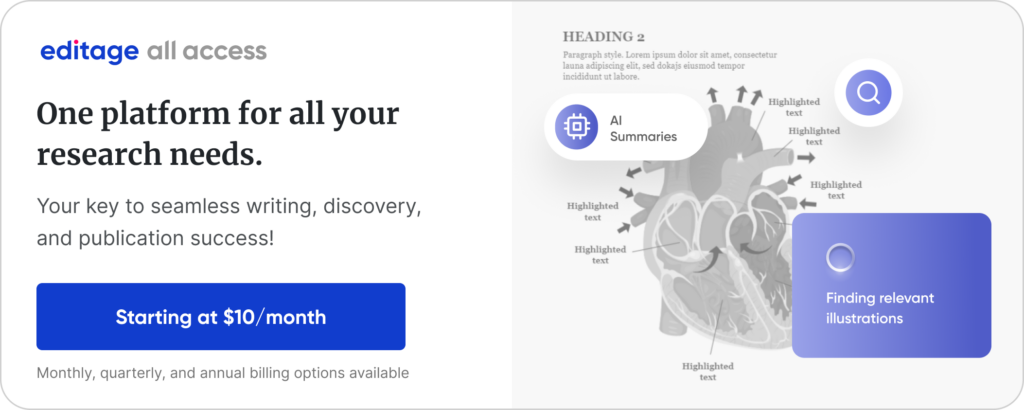Any academic or scientific discipline relies heavily on research. However, in order to do research properly, it is necessary to comprehend the rationale behind it. A research rationale is a succinct explanation of why a certain research project is required, describing the justifications for the study as well as the advantages it is expected to provide.
Writing a persuasive rationale is critical for obtaining approval for your research project and communicating the importance of your research. However, developing a convincing one can be difficult, especially for people new to research or unfamiliar with academic expectations.
After reading this thorough overview on “how to make rationale in research”, you will be better equipped to justify your research and communicate its significance to your academic community. Whether you are a student or a seasoned researcher, this article will provide valuable insights and strategies for creating a powerful research rationale.
What is a Rationale in Research?
A research rationale provides an organized strategy for the whole research and acts as the cornerstone of the research project. It contributes to the research’s rationale by stating why the study is significant, what its aims are, and what the expected findings are. In essence, it is a compelling argument for why the study should be carried out.
A well-written research rationale should be concise, precise, and persuasive. It should clarify the problem or issue that the study attempts to solve, the knowledge or understanding gap that the study seeks to fill, and the possible advantages that it may provide. Furthermore, the reasoning should demonstrate that the research is possible, ethical, and pertinent to the subject of study.
A research project that lacks a strong rationale may lack direction and may fail to address the stated problem or issue. It can also make obtaining financing or permission from institutional review boards (IRBs) or other governing bodies difficult. As a result, devoting effort to developing a compelling research rationale is critical to the success of any research.

Why is a Research Rationale Important?
For many reasons, a research rationale is crucial. For starters, it helps to explain the necessity for the research project by demonstrating why the study is required and what gaps in knowledge or understanding it attempts to fill.
Second, it includes a clear and succinct problem statement that outlines the precise research questions or objectives that the study intends to answer.
Finally, it aids in demonstrating the research’s potential influence by demonstrating how it may lead to the creation of new knowledge, practices, or policies.
To achieve this, you should focus on communicating the potential benefits of your project, while also acknowledging its limitations. This requires a thorough understanding of the research problem and a critical evaluation of the proposed methods and approaches.
It is also important to include sufficient detail about the methods you plan to use, any ethical considerations to consider, and how you will evaluate your results. This helps to demonstrate that you have a well-developed and thoughtful research plan, which is essential for securing funding or gaining approval from academic institutions.
Consider an example of a research project to demonstrate this. Assume you want to investigate the effectiveness of a new teaching style in enhancing student learning results. A compelling rationale for this study might include:
- Demonstrating the need for the study: You may explain that there is a rising concern in the educational environment about low student performance and that standard teaching approaches may not be helpful for all students.
- Providing a clear problem statement: For example, you might say that the study will look into whether the new teaching approach is effective at enhancing student learning outcomes and what factors may impact its effectiveness.
- Highlighting the research’s potential impact: You might argue that if the study shows that if the new teaching approach is effective, it will be adopted in other schools, increasing student learning results.
The research rationale in this example gives a clear and compelling explanation for the necessity to perform the study, emphasizing its relevance, problem statement, and possible impact.
A Model: Problem-Solution-Rationale
The Problem-Solution-Rationale model is a helpful framework for developing a strong research rationale, it can assist you in organizing your rationale and ensuring that it clearly conveys all information required for an effective research rationale. This model consists of three major components: identifying the problem, proposing a solution, and explaining the rationale for why the proposed solution is necessary.
Identifying the Problem
The first stage in this model is to identify the problem that the study will attempt to solve. This could entail assessing existing research on the topic, finding gaps in knowledge or understanding, or emphasizing new difficulties or issues that have occurred. A clear problem statement serves as the research’s foundation, outlining the specific research questions or objectives that the study seeks to address.
Proposing a Solution
The model’s second stage is to suggest a solution to the identified problem. This might include creating a new theoretical framework, putting a new hypothesis to the test, or suggesting a new intervention or practice. The proposed solution should be based on a thorough review of the literature and a clear understanding of the research problem.
Providing a Rationale
The model’s final stage is to present a rationale for why the suggested solution is required. This might include emphasizing the possible advantages of the suggested solution, explaining how it builds on past research, or demonstrating how it fills a knowledge or understanding gap.
Language to Signal Rationale
Effective communication is crucial when it comes to justifying the significance of your research. One of the ways you can achieve this is by using specific language that signals the rationale to your intended audience. By doing so, you can clearly convey the reasons for your study and its potential benefits to your audience. Here are a couple of such examples:
- “The goal of this research is to fill a knowledge gap on…”
- “We selected this methodology because it allows us to address the research question more effectively.”
- “Our approach is informed by the need to address the practical challenges of…”
- “This research is significant because it contributes to our understanding of…”
Using statements like these can assist to convey the rationale to your audience and stress the significance of your research.
Language for Further Justification – Showing Importance
Once you’ve indicated the rationale for your research, it’s critical to give further justification that emphasizes the relevance of your study. Here are some sentences that might be used to emphasize the significance of your research:
- “By addressing this gap in knowledge, we can gain a better understanding of…”
- “This study is significant because it contributes to the development of…”
- “The implications of this research are far-reaching, and it can inform…”
- “By examining this issue, we can shed light on the broader implications of…”
How to Make Rationale In Research
Writing a compelling rationale for a research proposal is critical to obtaining funds and support for the research you are conducting. In this section, you will learn how to make rationale in research by implementing the four crucial aspects of a rationale: background on all previous research on the issue, the study’s open questions, identification of gaps in the literature, and the importance of filling these gaps.
Background on All Previous Research:
You must clarify the existing level of knowledge of the topic to offer a clear grasp of your research proposal. This entails analyzing all past research on the subject and determining what has been done previously. It is critical to present a thorough summary of existing research, including major results, hypotheses, and methodology. This can assist in demonstrating that you have a deep awareness of the field’s present state of knowledge and how your planned study might contribute to it.
The Study’s Open Questions
The next stage is to identify the study’s open questions. This entails investigating areas where existing knowledge falls short and comprehension gaps exist. You may highlight the need for more research and explain how your research will address these gaps by identifying unanswered questions.
Literature Gaps
Once you’ve discovered the open questions, describe how your research will solve them. This requires recognizing gaps in the current literature and describing how your research will address these gaps. Make it a point to explain how the proposed research differs from prior studies and how it will add to existing knowledge in the subject.
The Importance of Filling These Gaps:
Finally, it is critical to demonstrate the importance of filling these gaps in the current literature. This includes showing the possible advantages of the research and outlining how it will help the field if it can result in new ideas or new approaches, or the impact it will have on real society implications.
Unleash the Power of Infographics with Mind the Graph
Whether you’re a seasoned scientist or just starting out in your research career, Mind the Graph is a valuable, user-friendly, and intuitive tool that can help to elevate the impact of your research by making it more engaging, accessible, and understandable to a wider audience.

Subscribe to our newsletter
Exclusive high quality content about effective visual
communication in science.





